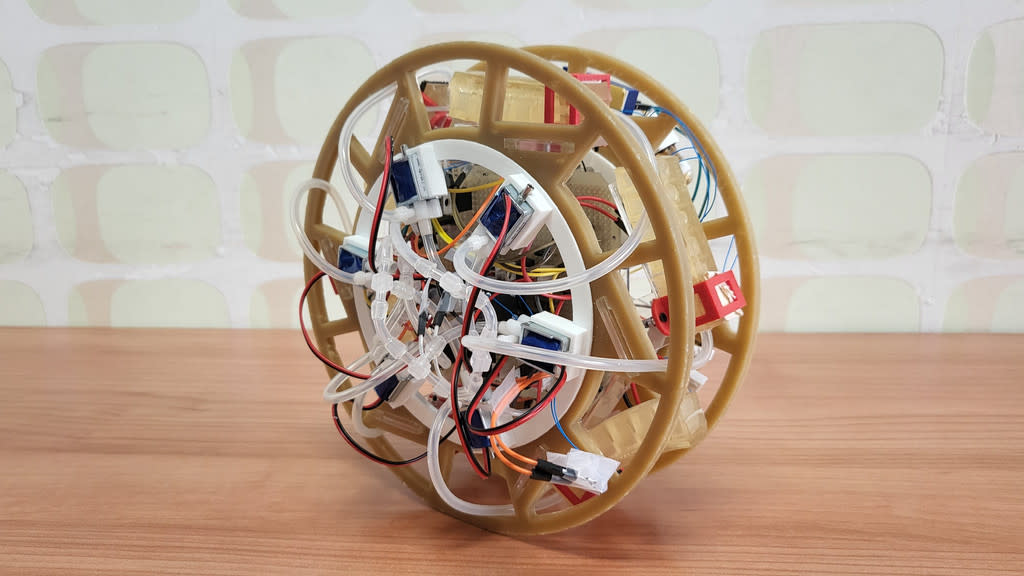Get ready for a tasty Terminator? Scientists create edible robots

European scientists are breaking new ground in robotics by creating edible robots.
While a tasty Terminator may be some way off, the RoboFood project, based at the EPFL university in Lausanne and led by Dario Floreano, director of the Laboratory of Intelligent Systems at EPFL, aims to create robots you can eat.
This may seem an odd ambition, but the benefits could be numerous - robotic food could reduce electronic waste, help deliver nutrition and medicines to people and animals in need, monitor health, and even pave the way to novel gastronomical experiences.
Gelatine can replace rubber, rice cookies are akin to foam, a chocolate film can protect robots in humid environments, and mixing starch and tannin can mimic commercial glues. So you could be having robot au chocolat for dessert one day soon! These and other edible materials make up the ingredients of robotic components.
In 2017, EPFL scientists successfully produced an edible gripper, a gelatine-made structure that could handle an apple and be eaten afterwards. EPFL, IIT, and the University of Bristol recently developed a new conductive ink that can be sprayed on food to sense its growth. The ink contains activated carbon as a conductor, while Haribo gummy bears are used as a binder.
Other sensors can perceive pH, light, and bending. In 2023, IIT researchers realised the first rechargeable edible battery using riboflavin (vitamin B2) and quercetin (found in almonds and capers) in the battery poles, adding activated carbon to facilitate electron transport and nori algae, used to wrap sushi, to prevent short circuits.
Once the components are ready, the goal is to produce fully edible robots. To date, scientists have succeeded in assembling partially edible robotic systems.
In 2022, researchers from EPFL and the Wageningen University designed a drone with wings out of rice cookies glued with gelatine. Scientists at EPFL and IIT have also created a partially edible rolling robot (pictured) that uses pneumatic gelatine legs and an edible tilt sensor.

 Yahoo News
Yahoo News 